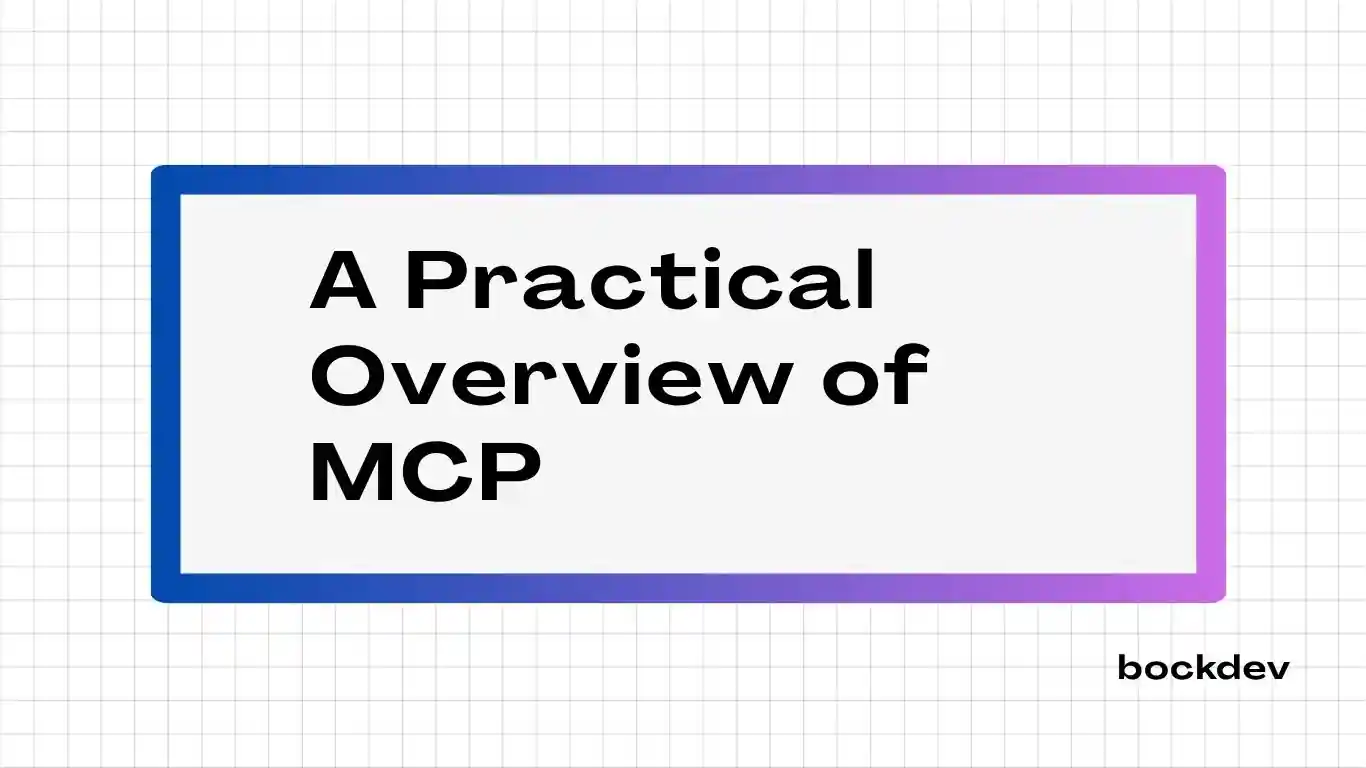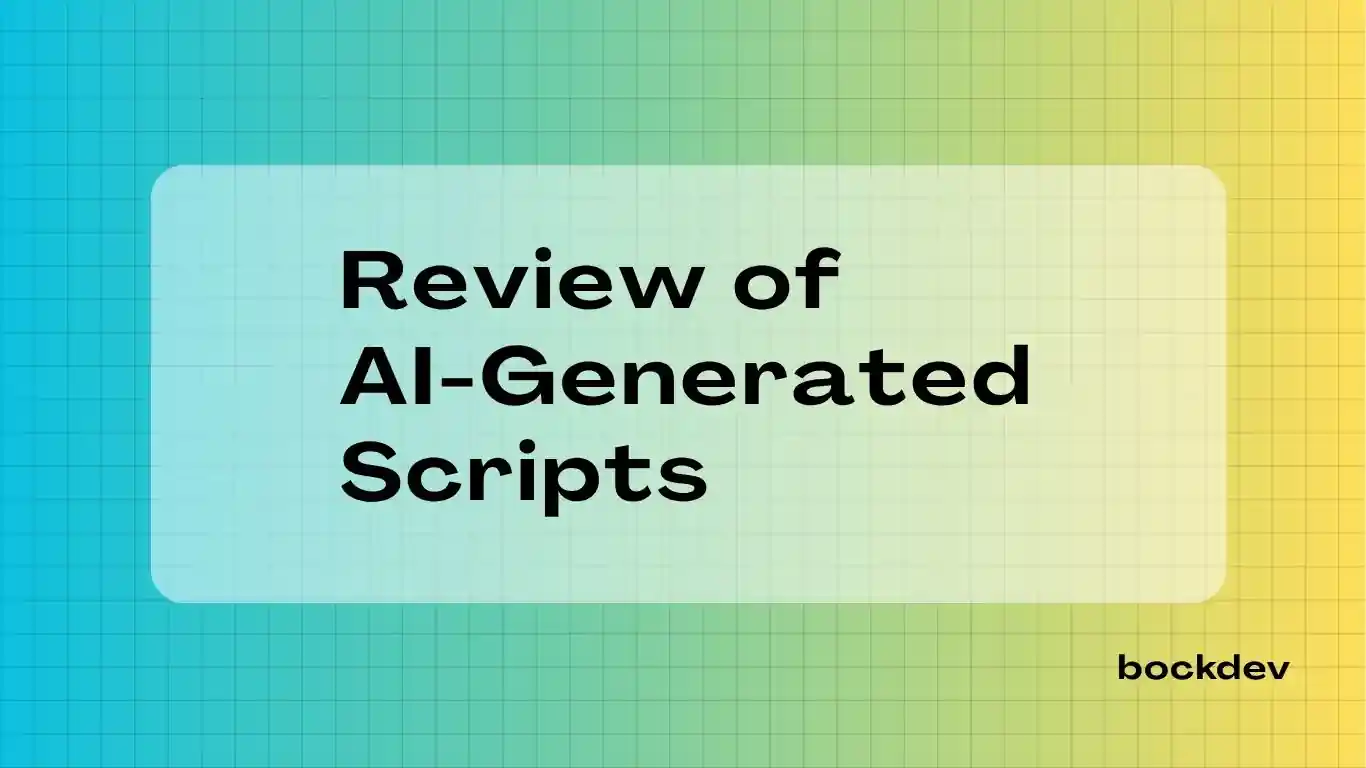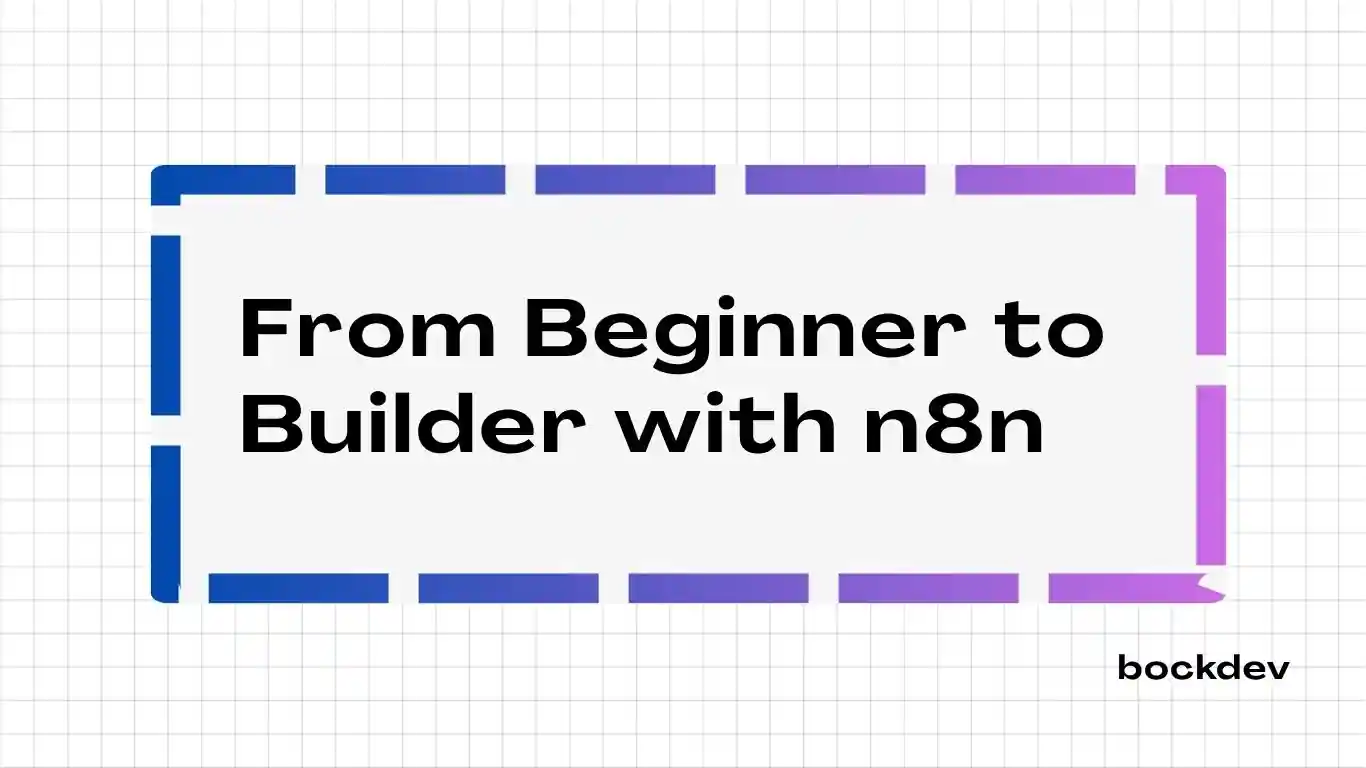
Model Control Protocol (MCP) is a framework that enables precise control over how AI models interact with tools, context, memory, and instructions in a system. It transforms general-purpose language models into reliable, goal-driven agents by defining exactly what they can access and how they should behave.
MCP is useful for building intelligent assistants, workflow agents, customer service bots, and AI-driven automation systems that must be safe, predictable, and maintainable.
Whether you're building a single-agent task handler or a multi-agent orchestrated system, MCP provides a standardized way to integrate models with the real world without sacrificing security or control.
Roles in the MCP Architecture
MCP follows a host–client–server structure. Here's how each role functions in the system:
| Role | MCP Context |
|---|---|
| Host | The orchestrator that defines and manages the AI runtime (e.g. OpenAI or your own infrastructure). |
| Client | The frontend or user interface sending user input and receiving model output. |
| Server | The backend components (APIs, tools, context providers) that the model accesses through MCP. |
And now let’s explore how MCP powers real-world applications across different tools and platforms.
GitHub Codebase Navigation and Editing
MCP + GitHub -> To explore, understand, and safely modify GitHub codebases using structured tools, context awareness, and permission controls. Key capabilities:
🛠️ Refactoring Code - Identify patterns (e.g. repeated logic or old API usage) and apply improvements through safe, traceable edits.
🐞 Bug Detection and Fixing - Read code, identify potential issues, suggest fixes, and apply them using tool calls like
readFileandupdateFile.📋 Automated Documentation - Generate or update README files, docstrings, or inline comments by analyzing code structure and logic.
✅ Code Review Assistance - Provide intelligent feedback on open pull requests by reading diffs and commenting on potential issues or improvements.
Notion Content Editing and Summarization
MCP + Notion -> To interact with Notion workspaces for reading, editing, summarizing, and organizing content based on user instructions and access control. For instance:
✍️ Summarize Notes or Docs - Extract key points from meeting notes or long documents.
🧩 Reorganize Pages - Use
reorderBlocksto move or restructure content blocks for clarity.✅ Update Status Fields - Automatically change task statuses or properties based on updates.
🧹 Content Cleanup - Remove duplicates, fix formatting, or rewrite content for clarity.
Google Drive File Management
MCP + Google Drive -> Browse, search, and manage files in Google Drive while respecting permissions and folder scopes. Example tasks:
🔍 Find Specific Documents - Use queries like “find last month’s reports” and retrieve matching files.
🗂️ Organize Files - Move, rename, or categorize files into proper folders.
📄 Generate Summaries - Summarize long PDFs, Docs, or Sheets stored in Drive.
📡 Monitor Shared Drives - Report on new uploads or access issues across shared folders.
Slack Customer Support Assistant
MCP + Slack -> Act as a support agent in Slack to read customer messages, access tools and reply with approved workflows. Practical uses:
🤖 Auto-Respond to FAQs - Recognize common questions and reply using verified answers.
🧭 Triage Issues - Classify and escalate technical issues to the right human team.
📋 Summarize Conversations - Compile chat history into concise summaries for handoffs.
🎫 Log Tickets - Automatically create support tickets in tools like Jira or Zendesk.
Jira Ticket Management
MCP + Jira -> To navigate Jira boards, read or update issues, and help manage sprints within the control boundaries set by MCP. MCP in action:
📝 Summarize Ticket Threads - Condense comment chains into clear summaries.
🔄 Update Issue Fields - Change assignees, statuses, or priorities when needed.
🆕 Create Tickets - Use
createIssueGenerate new issues from Slack or chat commands.🧠 Suggest Sprint Planning Edits - Recommend backlog grooming or sprint reshuffling.
Google Calendar or Calendly Scheduling
MCP + Calendar Apps -> Lets the model access scheduling tools to check availability, book meetings, and manage event data securely Schedule meetings based on preferences and context. For example:
🕵️ Find Open Slots - Search for available time based on user preferences or team schedules.
📆 Schedule Meetings - Create events with attendees, agendas, and video links via structured scheduling functions.
🔁 Reschedule or Cancel - Modify or cancel events in response to changes in availability or priorities.
📝 Send Summaries - Provide quick meeting summaries or pre-event reminders to participants.
PostgreSQL Analytics
MCP + Database (e.g. Neon DB) -> Run safe, scoped queries on a Postgres to extract insights, generate reports, and visualize data. Use cases:
🔎 Query Sales or Usage Data - Use
runQueryto answer questions like “What were the top 5 products last month?”🧾 Generate Reports - Create weekly summaries of KPIs or user growth.
📈 Visualize Trends - Output charts or summaries from raw SQL results.
🧠 Schema-Aware Suggestions - Recommend queries based on table structures and past queries.
Concerns of using MCP
Security Scope Misconfiguration - Improper tool or data exposure could allow unintended access if not tightly scoped.
Over-Reliance on Model Judgment - The model may misuse tools if instructions or tool descriptions are vague or conflicting.
Tool Maintenance - Keeping tool schemas, versions, and permissions aligned with system updates can be hard to scale.
Conclusion
Model Control Protocol (MCP) brings structure, safety, and precision to AI-powered systems. By clearly defining tools, context, memory, and permissions, it transforms language models into reliable, task-focused agents. Whether used for content editing, customer support, or code automation, MCP ensures AI actions are controlled, explainable, and aligned with real-world needs.



